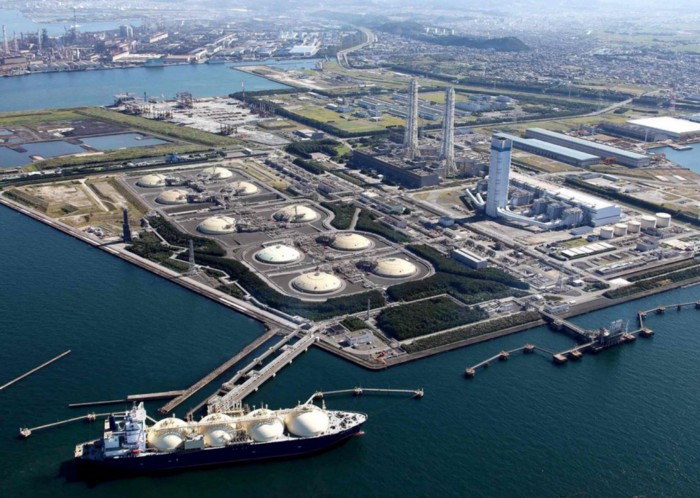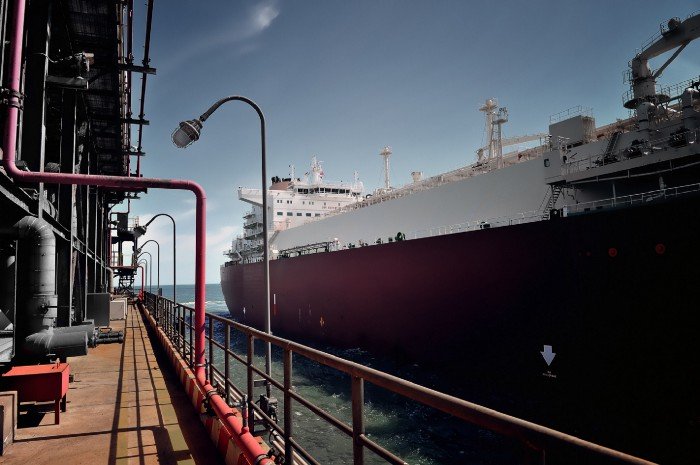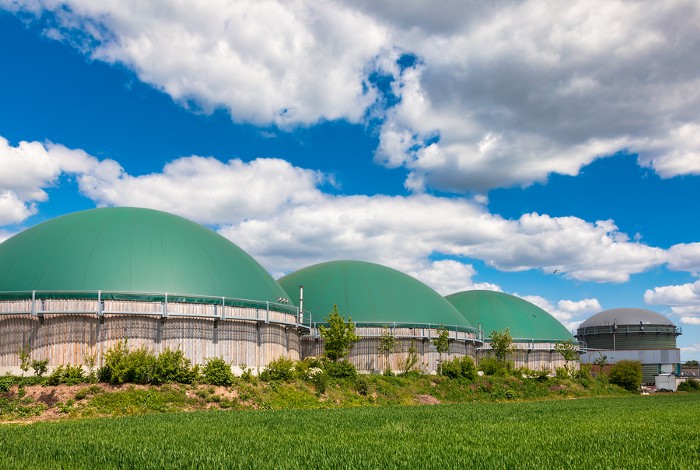LNG 2019 vs 2020: what’s new?

2019 was a busy year for the LNG industry — the segment saw many new projects and contracts, companies were preparing hard for IMO 2020, and we held our anniversary 5th International LNG Congress. Being constantly in contact with companies of the segment I see several trends that define the future of the LNG industry and can help to adapt to 2020. Here I decided to describe the prospects for this year and to compare them to 2019.
1. Natural gas prices continue to decrease
In 2019 we saw a significant drop in gas prices, especially at the end of the year, due to stable weather and mild winter. The average Henry Hub natural gas spot price fell from $3.15 per MBtu in 2018 to $2.58 in 2019.
Now there is no need for additional supplies as the Asian market has enough gas for early 2020. According to Wallet Investor forecasts, this year we should expect a further price reduction to $2.2 per MBtu due to OPEC reducing oil output.
2. LNG demand growth in Asia slows down
Demand for LNG in Asian countries continued to grow over the year — Japan, China, and South Korea maintained their place as the top three LNG importers. In 2019, Japan imported about 123 million CBM, China — about 83 million CBM, and South Korea imported approximately 43 million CBM.
Still, this year, demand growth will slow down due to the LNG oversupply and weakening of the Chinese environmental policy. We can also expect that at some point, the LNG supply will exceed demand.
3. New LNG terminals coming soon
In 2019, we have seen at least 20 new LNG terminals and FSRUs around the world — among them such outstanding projects as Yamal LNG, Prelude FLNG, and Freeport LNG.
This year the LNG market will continue to expand and to increase the flexibility of supplies — in 2020 we will see 11 more projects in Asia, Europe, North and South America, including PFLNG Dua, Jafrabad FLNG Terminal and Oristano — Santa Giusta LNG port.

4. Spot LNG deals share increases slowly
Despite the fact that in 2019 we have seen many long-term supplies — Anadarko alone entered into 4 LNG contracts for its Mozambique LNG — last year also marked the growth in spot transactions. The share of spot LNG trades increased from 27% to 32% of the total number of LNG import transactions with Australia, the USA, and Qatar becoming the largest exporters, and Japan, China, and South Korea remaining the main importers.
In 2020 we can expect further growth of the spot deals though it will be a bit slower than in recent years due to market saturation.
5. Low-carbon industry develops fast
Good news: the number of gas-powered cars increased from 26.2 million in 2018 to 27.8 million in July 2019, while the number of gas stations increased to 32.6 thousand worldwide. If you look at the statistics by region, Asia-Pacific remains the leader for natural gas vehicles with 19.8 million cars and 19.6 thousand fuelling stations. China accounts for 23% of the NGVs in the world, and Iran totaled 17% of them. India and Pakistan accounted for 11% and 10% respectively. Europe ranked second with 2 million cars and 5 thousand stations, of which 1.1 million cars and 1.3 thousand stations are in Italy.

As we can see, 2020 will support the trends of the previous years though the growth in several areas will slow down a bit. The decarbonization of the oil and gas industry continues to grow and remains one of the key topics. Understanding and supporting that we will hold a special session on LNG, bio-LNG and hydrogen fuel in the era of decarbonization as a part of the 6th International LNG Congress this year. We will also highlight other important issues, cases, and solutions of the LNG sector, so follow the link to learn more and join the discussion, follow the link to learn more.
Article by Natalya Kuznetsova, Project Director of the International LNG Congress